White House press secretary Jen Psaki on Tuesday outlined three steps that President Joe Biden is taking to address rising gas prices.
This comes as consumers deal with increased costs at the pump. A year ago regular gas prices averaged $2.469 per gallon, while Americans were shelling out $3.469 as of Wednesday.
The second point focussed release of oil reserves in the United States.
“We’ve already announced a historic release from the strategic petroleum reserve last fall 40—of 50 million barrels,” Psaki said. “Forty million barrels of those barrels are contracted for delivery, including 13 million that we just released in January.”
She claimed that the 10 cents decline on a gallon of gas that took place during the course of the holiday season had to do with the initial release of oil.
When questioned about future releases in cooperation with other nations, Psaki responded by stating that “all options remain on the table.”
Thirdly, Washington is focused on protecting consumers from abuse.
“We know markets have been volatile. Often, firms exploit market volatility to extract excess profits from consumers,” she said.
The Biden administration is looking at “every legal and regulatory authority” to protect consumers and is prepared to respond to any manipulation done in the oil market or at the pump, Psaki said.
“Nobody should hold back supply at the expense of the American consumer, particularly as the recovery from the pandemic continues, and oil producers around the world have the capacity to produce at levels that match demand and reduce the high prices. That is what we are going to continue to convey,” she added.
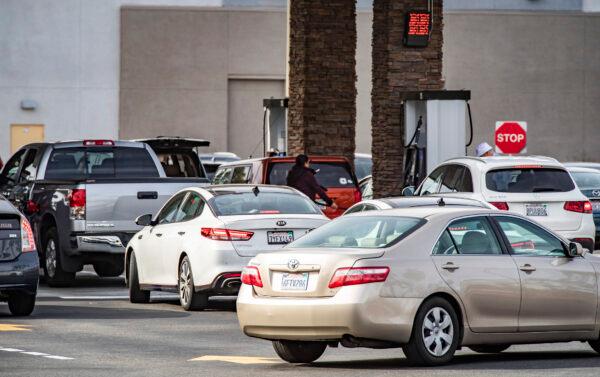
Slight decline
Oil prices have fallen since Tuesday, with Brent crude oil futures declining from near $93 levels to trade at around $91 per barrel in early Wednesday trading. U.S. West Texas Intermediate crude futures, which traded over $91 per barrel on Feb. 8, is trading at below $90.This decline in oil prices is reportedly due to the resumption of nuclear talks between Washington and Tehran. If the U.S. and Iran come to an agreement, sanctions against the Iranian regime could be lifted. This would bring in additional oil supplies into the market, cooling down prices further.
Carsten Fritsch, an analyst at Commerzbank, said that concerns with regard to Russia-Ukraine war tensions are easing “somewhat” following diplomatic efforts, thereby reducing the “risk premium” on oil prices.
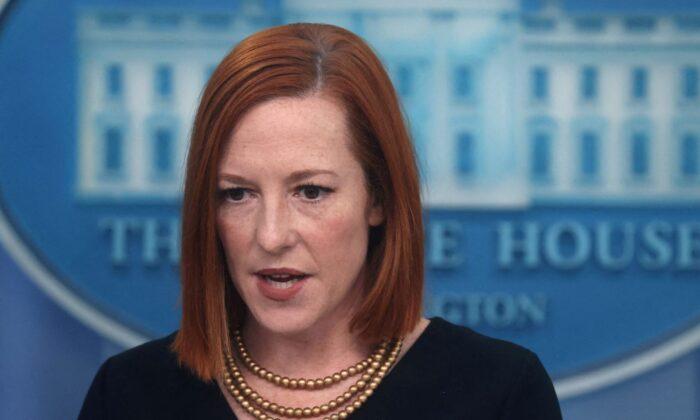

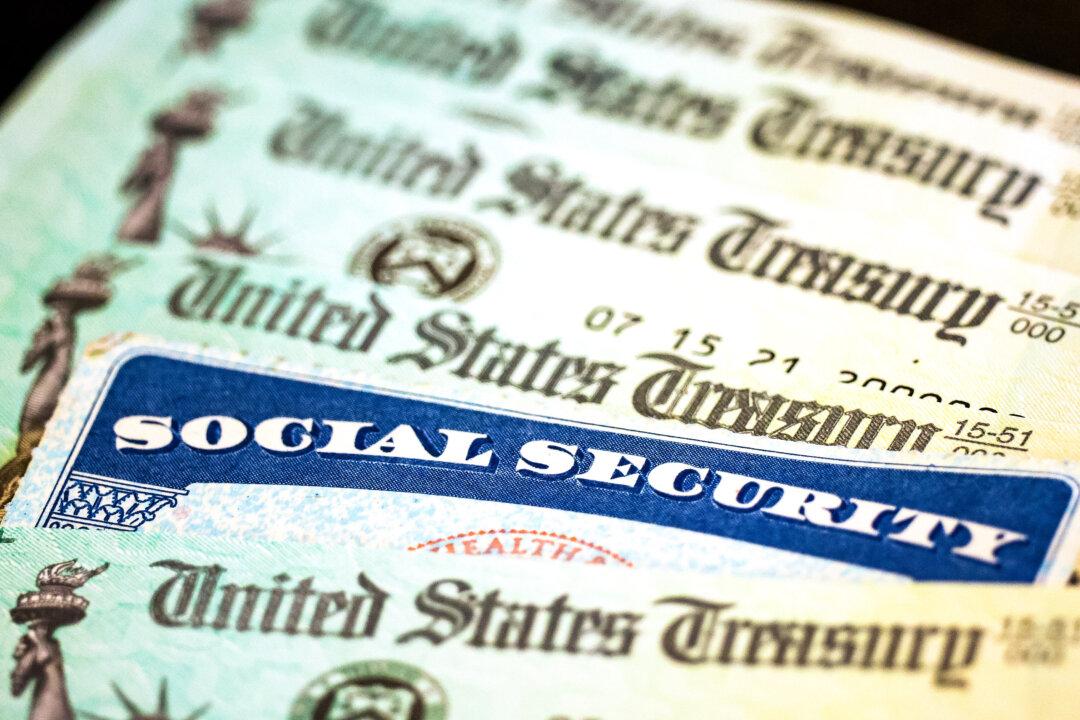
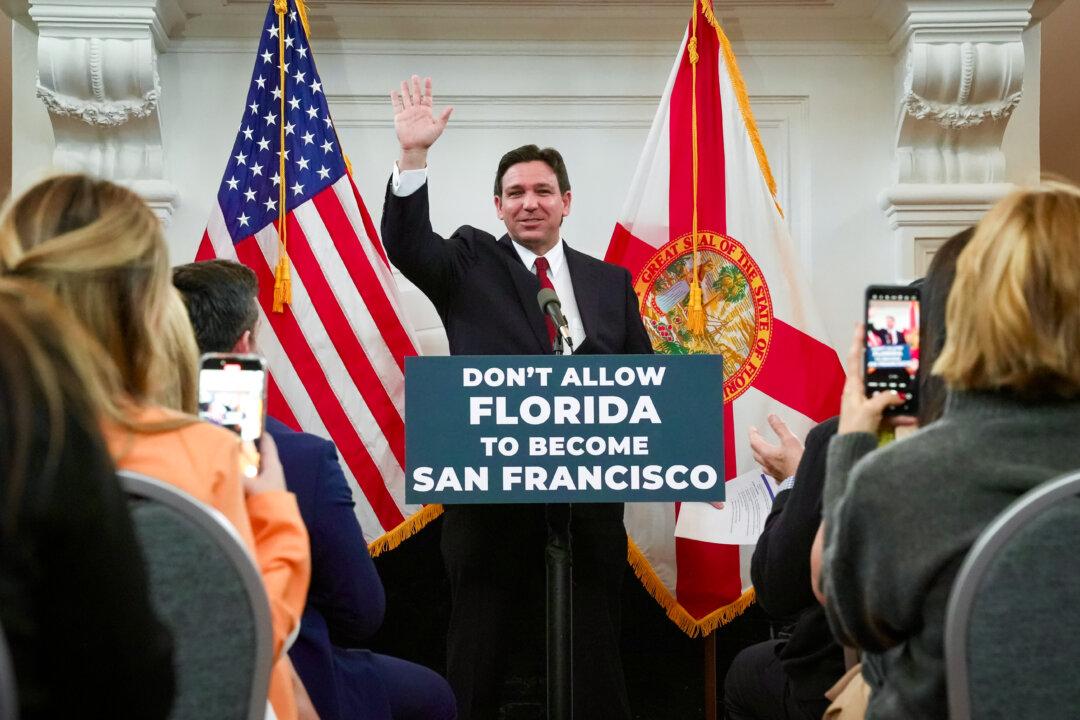
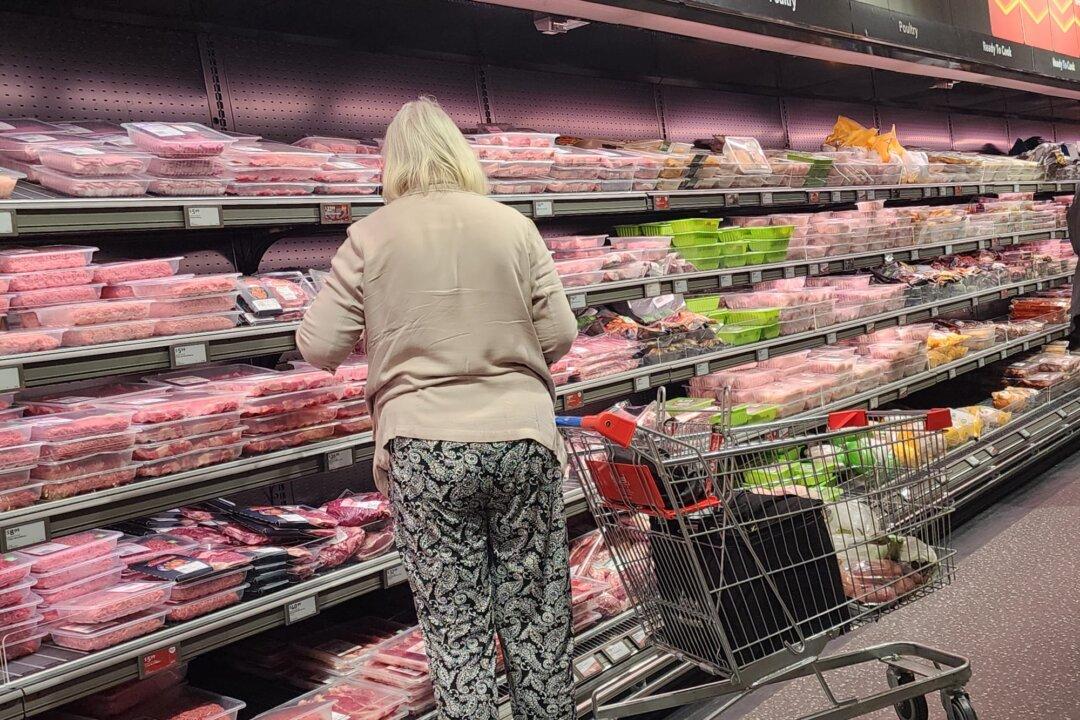
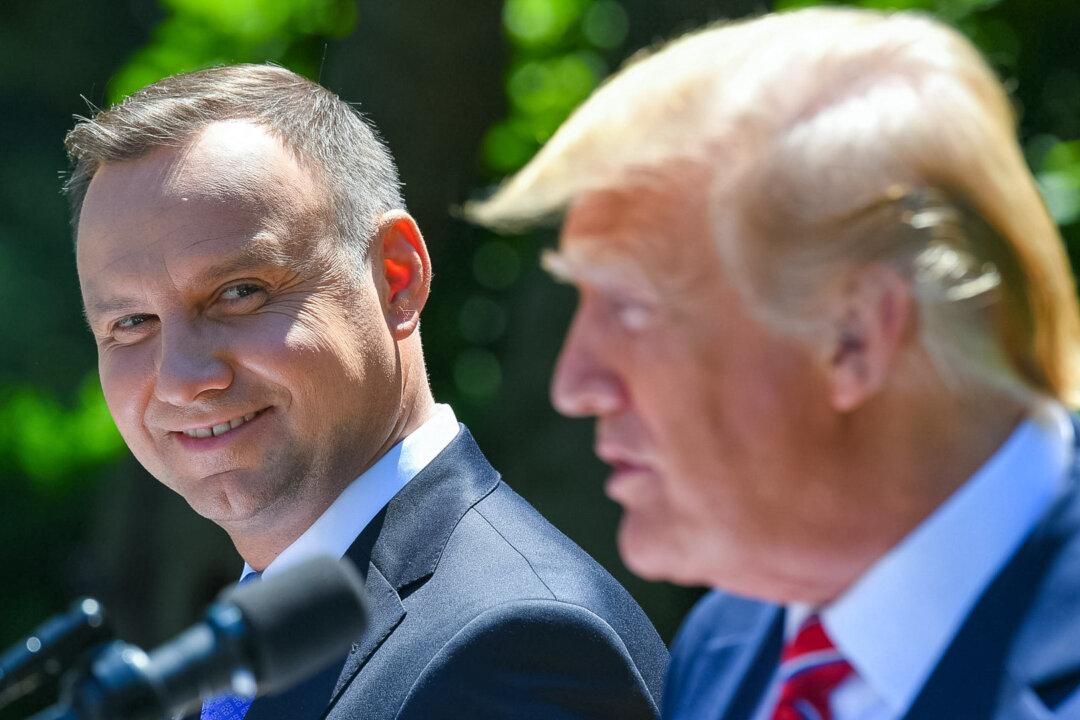
Friends Read Free